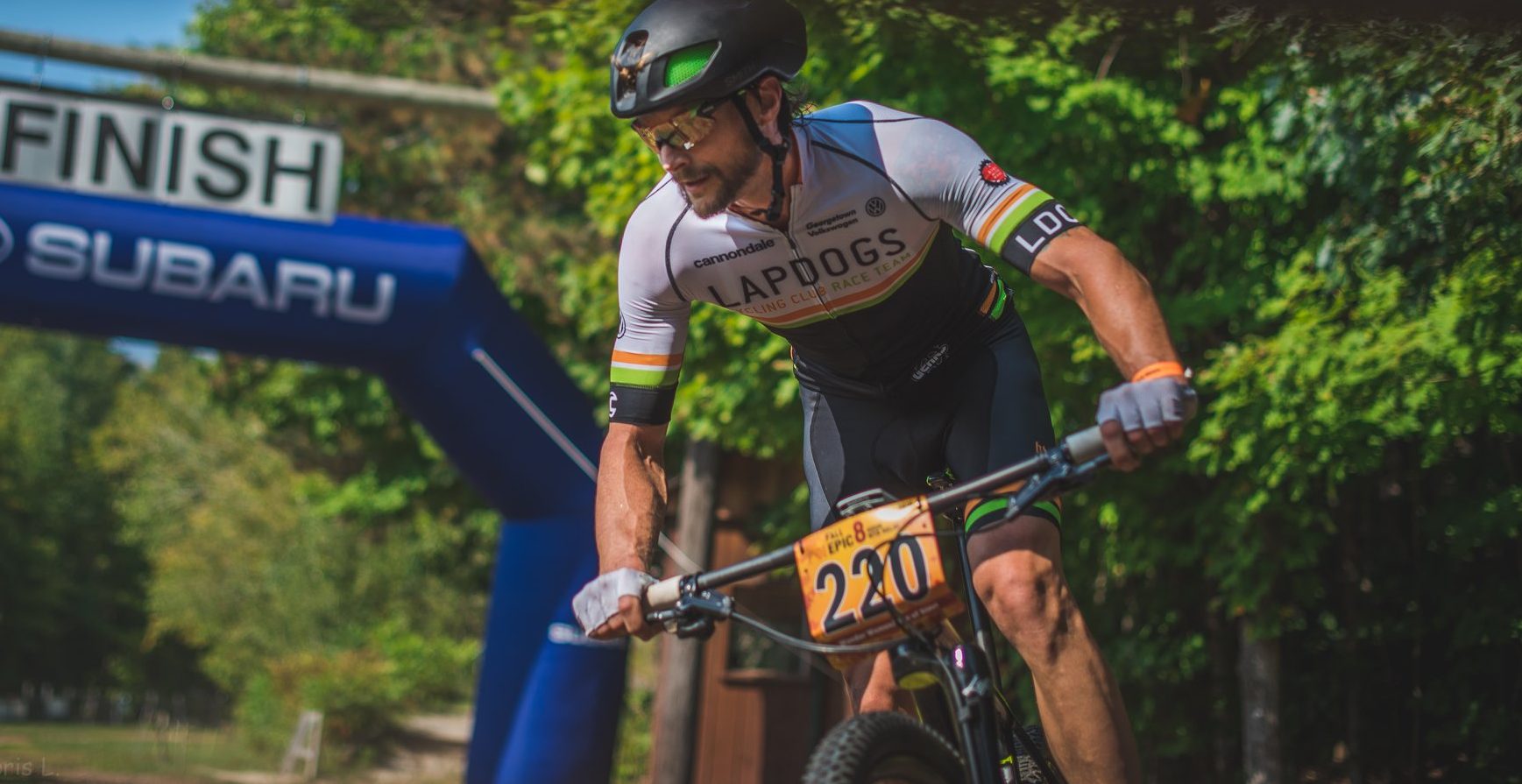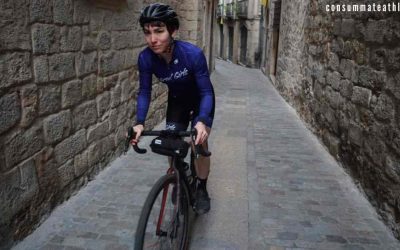Use Heart Rate to control/limit Aerobic or low-intensity focused intervals or sessions and Wattage (and feeling/RPE) to guide your Intensity. Having a session goal (low intensity or high-intensity day?) and the feeling for the ‘correct’ intensity are your main concerns.
A Podcast On This Topic:
Heart Rate or Power?
Why choose? There was a push years ago to throw out your heart rate strap and just use power since it gave an instantaneous measure of the work you were doing. This movement forgot about the athlete (and their brain) and that minute to minute, day to day we can not assume that 200 watts is always the same (this is a good way to end up crying beside your trainer).
200 watts is very different 30 minutes into a ride versus 300 minutes into a ride
When doing longer, aerobic or ‘low-intensity’ sessions or intervals then heart rate will tend to have more utility. This helps us stay away from going too hard for the day’s goals. You might do an endurance ride at 65-75% max heart rate (MHR) but also use wattage to stay steady during your ride.
Limitations
- HR is slow to respond. When riding steady at low-intensity heart rate your goal is generally to ride continuously at a fairly stable pace so heart rate response being slower is not a big deal as the load is consistent.
- HR is susceptible to heat, altitude and really any ‘stress’ or load on the body but this is not a bad way to track the training … of your body.
- For very fit riders, very tired riders, or when riding in the cold you can have a lower HR while RPE is higher (and watts normal to high). Having Wattage to back up a decision to train at an appropriate level is quite useful and something I do often as my heart rate tends to be lower. In this sense it supports my feeling of what ‘low intensity’ is by saying ‘this is enough’.
Both / AND vs. Either/ OR
Having both power and heart rate lets you examine ‘efficiency factor’ and HR:PW (decoupling) by seeing what wattage you can do at a given heart rate and also how that relationship changes over the ride. These are great measurements of how your aerobic fitness is progressing that would not be possible if we threw our heart rate straps out.
Go Hard When You Go Hard
For intensity days it is more feeling that you should be focused on (I call this practicing ‘putting your hand in the fire‘). Wattage is useful to motivate, control and progress your efforts but for the sake of racing and developing your pacing/racing skill you should be feeling and observing how a given pace feels.
Once or Twice a week try and do repetitions that are hard but relatively stable between efforts (e.g. 3-4 x 8-12 minutes hard). Your wattage here is a great guide to stable intervals and session goals because you can see how you are doing during the session and gradually progress these sessions each week. It is important these sessions start looking [AND FEELING] like your goal event and the critical moments in those events (e.g. attacks, break-a-ways, climbs, the final climb, etc)
This focused work where we are paying attention and pushing into the red zone (putting hands in the fire) is critical. Too often athletes do 1 really hard and then quit the session and do not train as they intended.
Heart Rate for Intensity?
Heart rate can still be quite helpful. If you can start into your interval by feeling and/or power you can still use heart rate to help gauge if you are stressing your body equally or increasingly versus past sessions. In a hill repetition workout you might hit a certain peak heart rate in the first repetition then (on the same hill) you can hit the same or slightly higher peak HR on subsequent repetitions.
In the 3-4 x 8-12 session might see the peak heart rate in the 85-95%MHR range. What your heart rate peaks at and the time in different zones or ranges might also indicate how the session went (ie. accumulate minutes in tempo zone).
Racing with Heart Rate or Power
This is a related question and [I think] helps to explain why we must always be using our FEELING/RPE in training. We inevitably race by feeling and ‘in the moment’ so our training should prepare us for this physiologically, psychologically, technically and tactically.
Many fit mountain bikers struggle to steer around the trees while pushing those huge watts
Most offroad disciplines are technical and highly variable (temperature, surfaces, grades, etc) so power is hard to use during the race and heart rate might serve to limit the strain on the body early in endurance events (e.g. stay under 85%MHR for the first half of event).
Most if not all races require you to feel and think to pace your race optimally and use tactics appropriate to the race and your fitness/goals. In longer events, a heart rate or power limit or goal can certainly be useful for triangulation but it is not wise to go into an event without confidence in your ability to race ‘by feel’.
Agree?
I would love to hear if I have forgotten to mention something or you have another idea or a follow-up question. The comments are available here or reach out via Twitter or the Contact page.





